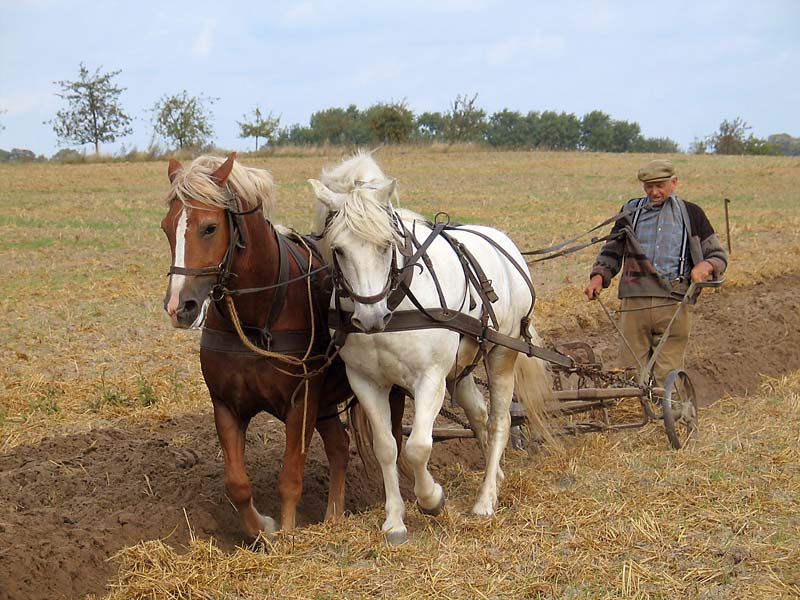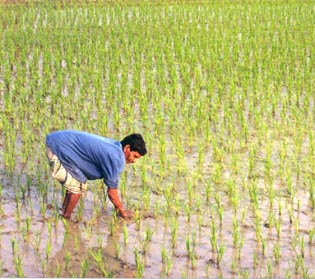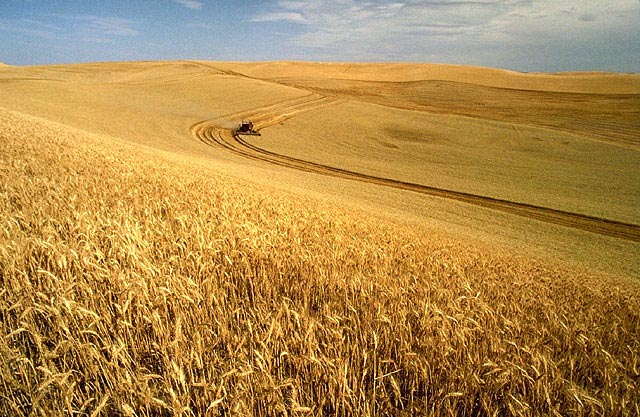Changes in the Structure of the Agricultural Industry Create Interpretative Challenges for Courts
 The structure of the agricultural industry has changed substantially since the 1920s and 1930s, when many statutes regulating agriculture were enacted. See, e.g., Packers and Stockyards Act of 1921, 7 U.S.C. §§ 181 et seq.; Capper-Volstead Act of 1922, 7 U.S.C. §§ 291-292; the agricultural exemption to the Fair Labor Standards Act of 1938 (FLSA), 29 U.S.C. §§ 201-219. Many meat processors and packers have gained control of agricultural production, either by acquiring ownership of production facilities or by entering into production contracts with farmers. This trend is referred to as “vertical integration.” The egg production sector was the first sector to become vertically integrated. Within the past few decades, the broiler chicken and hog sectors have been following suit.
The structure of the agricultural industry has changed substantially since the 1920s and 1930s, when many statutes regulating agriculture were enacted. See, e.g., Packers and Stockyards Act of 1921, 7 U.S.C. §§ 181 et seq.; Capper-Volstead Act of 1922, 7 U.S.C. §§ 291-292; the agricultural exemption to the Fair Labor Standards Act of 1938 (FLSA), 29 U.S.C. §§ 201-219. Many meat processors and packers have gained control of agricultural production, either by acquiring ownership of production facilities or by entering into production contracts with farmers. This trend is referred to as “vertical integration.” The egg production sector was the first sector to become vertically integrated. Within the past few decades, the broiler chicken and hog sectors have been following suit.Vertical integration of egg production occurred primarily via egg processors acquiring ownership of egg production facilities—rather than entering into production contracts with farmers/independent contractors. In contrast, vertical integration of hog and pig farms has been occurring primarily via processors and packers entering into production contracts with farmers/independent contractors.
 It is important to note that vertical integration has not been occurring in the production of dairy cows, beef cows, or crops. Presumably packers and processors do not believe that becoming involved in the production of these agricultural products would be economically profitable.
It is important to note that vertical integration has not been occurring in the production of dairy cows, beef cows, or crops. Presumably packers and processors do not believe that becoming involved in the production of these agricultural products would be economically profitable.Between 1974 and 2002, the number of hog farms engaged in contract farming increased by 2,764%. See USDA National Agricultural Statistic Service, 2002 Census of Agriculture (2002), U.S. Department of Commerce, 1974 Census of Agriculture (1977). By 2002, 13.1% of all hog farms had entered into production contracts with packers or processors, and 50.1% of all hogs produced were being produced under contract farming arrangements. See USDA National Agricultural Statistic Service, 2002 Census of Agriculture (2002).
In addition to an increase in vertical integration, the agricultural industry has undergone an increase in specialization. In the 1920s and 1930s, many farms produced a mixture of crops and livestock. Furthermore, 1920s and 1930s farms typically produced many agricultural inputs, such as feed, young livestock, manure, and seed:
By 1933…the farm and the farm family continued to provide most of the inputs employed on the farm. This situation changed during the period 1933-1970; farmers turned increasingly to the market for their inputs.Willard W. Cochrane, The Technological Revolution: 1933-1970, in The Development of American Agriculture: A Historical Analysis 129 (2nd ed., 1993).
 Today, livestock farms generally specialize on producing a single product (e.g. hogs). It is not uncommon for livestock farms to specialize even further, raising hogs from birth to wean or chicks from hatching to 20 weeks. Farms also specialize on agricultural production rather than the provision of inputs. The provision of inputs is left to the burgeoning input manufacturing sector.
Today, livestock farms generally specialize on producing a single product (e.g. hogs). It is not uncommon for livestock farms to specialize even further, raising hogs from birth to wean or chicks from hatching to 20 weeks. Farms also specialize on agricultural production rather than the provision of inputs. The provision of inputs is left to the burgeoning input manufacturing sector.Changes in the structure of the agricultural industry have rendered the meaning of terms such as “farming” and “agricultural production” ambiguous. Vertical integration has blurred the line that once existed between agricultural production on one hand and packing and processing on the other. Increased specialization within the agricultural industry has made it difficult to distinguish between the production of inputs and the production of agricultural products.
Changes in the structure of the agricultural industry have also made it difficult to define the term “farmer.” In the 1920s and 1930s, the meaning of “farmer” was clear. A “farmer” was a person who lived on the land and who owned, managed, and provided labor on a farm. Today, the meaning of “farmer” is not at all clear. Many persons who identify themselves as “farmers” do not own land or livestock and make few management decisions about how the farms they work on operate. It is unclear whether the defining characteristic of a “farmer” is that a person manages a farm, owns a farm, feels a connection to the land or animals on a farm, provides farm labor, or some combination of these.
In the next few days, I will evaluate approaches that courts have used to interpret ambiguous terms such as “farmer,” “farming,” and “agricultural production.”










1 Comments:
I look forward to reading more about this interesting topic. Risk management tools also can make it difficult to figure out who is farming, and force us to consider what it means to be a farmer (including whether it means those who shoulder some some degree of risk, and exactly what risks they should shoulder). In the cattle industry, for instance, production contracts grew to about 25% of the value of production in 2003. (ERS) And marketing contracts are often used to sheild a producer from the risks of spot markets. Some of the farmers that I know regard production contracts as a mechanism used to take the farmer out of farming. But many don't regard marketing contracts as having the same effect.
Similarly, the notion of integration could be subject to definition. And it all seems to involve the notions of tradition and autonomy in one way or another.
In sum, a great subject that poses challenges to the interpretive process. Such interpretation occurs not only in courts, but also in the administrative agencies that interprete their statutory mandates. Of course, the changing structure is also a challenge to those who define farming at the legislative level.
Post a Comment
<< Home